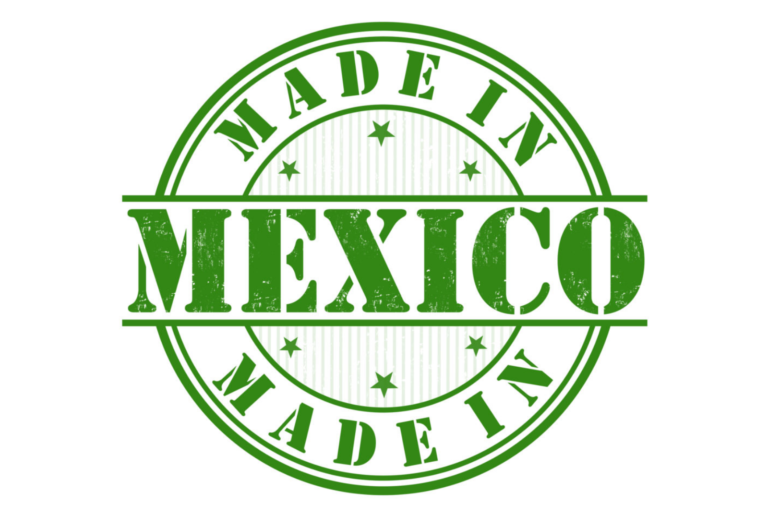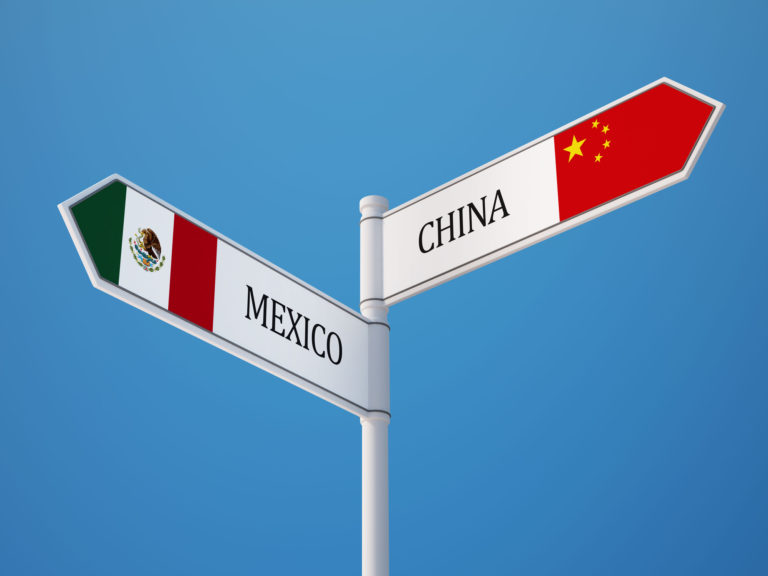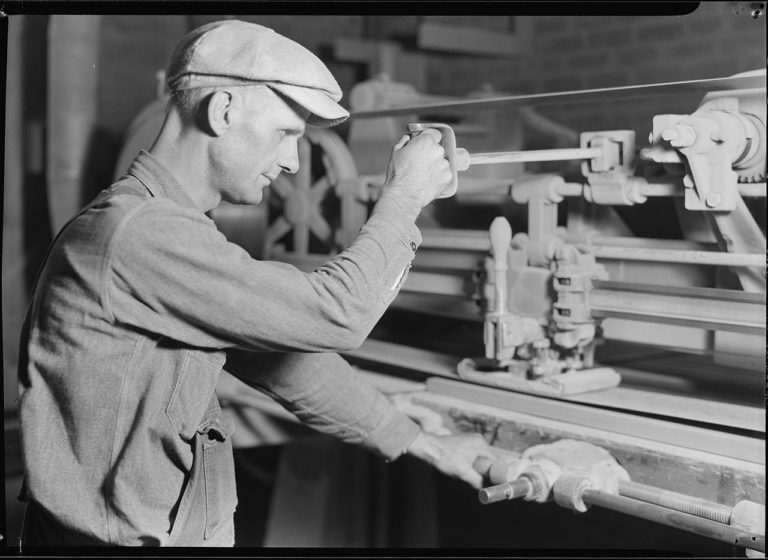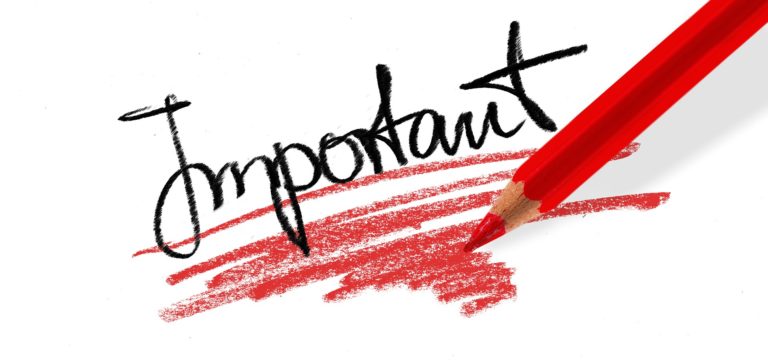
China Law Blog
Mexico for China Managers, Part 5: The Three Types of China-Mexico Supply Chain Transitions
Are you a good candidate for moving your manufacturing from China to Mexico?

Are you a good candidate for moving your manufacturing from China to Mexico?

CEOs and senior managers have been struggling to make good decisions about supply chain and factory sites, and a lot of their research is pointing to Mexico as a likely candidate. The problem facing decision-makers is that the China-Mexico comparison is not apples to apples (DO NOT make avocado-lychee reference). Even though the same output is leaving the factory gate in each economy, your challenges in setting up and managing operations in China and Mexico could not be more different.

Who Should Sign Your China OEM Agreement? Not Some Hong Kong Company if You Can Help It

This very long post aims to provide an overview of the challenges of manufacturing in China, as well as strategies for minimizing risks and maximizing opportunities. It outlines the administrative and regulatory requirements, process and production challenges, and specific cultural and market-specific risks.

This post explains how to protect your product from China when having your product made in China.
One of the first things our international manufacturing lawyers do when working with a company having products made in China is to figure out the contracts and IP registrations that will ensure our client’s intellectual property and other rights will be protected against its Chinese manufacturer and the rest of the world.

My law firm represents many foreign companies that do OEM manufacturing around the world — mostly China, but India, Mexico, Brazil, Vietnam, Thailand, Taiwan, Korea, Malaysia, Indonesia, Bangladesh, and Cambodia as well. In our discussions with our clients that manufacturing in foreign countries, we nearly always discuss what they can and should be doing to

How to handle China factory disputes is a question our international manufacturing lawyers have been getting a lot of lately. Many China factories are in deep trouble due to declining sales stemming from the US-China Cold War, from its energy issues, and from its declining economy. I say this not just because of the economic statistics everyone sees, but also on the steady stream of emails our international manufacturing lawyers are getting from foreign companies reporting the usual range of problems whenever China’s factories are suffering. See China’s Slowdown and You.

Unlike the United States, you do not need to prove “use” for a China trademark application to proceed to registration, and once a trademark is registered you do not have to prove you are still using trademark to be able to maintain or renew the registration for that trademark. Foreign companies have come to realize

Your China manufacturer asks you to send its payment to a bank account in another jurisdiction, such as Hong Kong or Singapore. Should you agree? Probably not. When working with our clients that are having their products manufactured in China (or in various other leading manufacturing countries such as Taiwan, Thailand, Mexico, Poland, Vietnam, India,

The Limited Value of Chinese Factory Indemnification Navigating the differences between Western and Chinese legal systems is seldom an easy endeavor, but this is especially true for indemnification clauses. Though these clauses are robust and effective tools in Western countries with mature legal frameworks, their efficacy in China-based manufacturing agreements is considerably murkier. This post